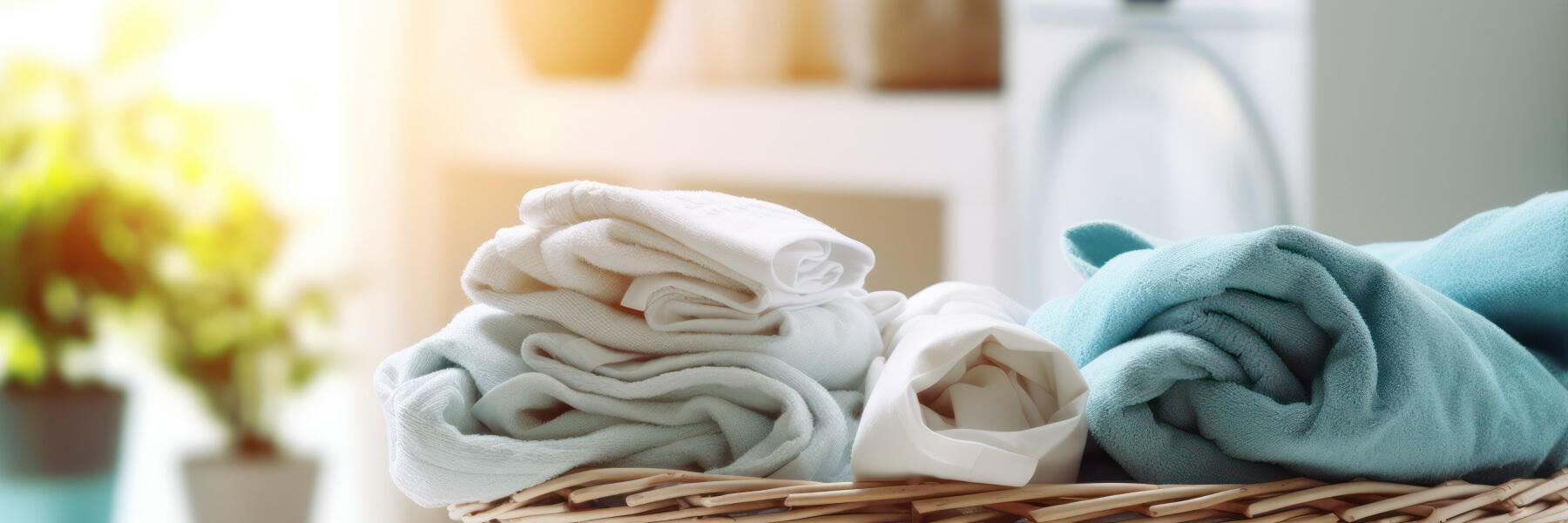
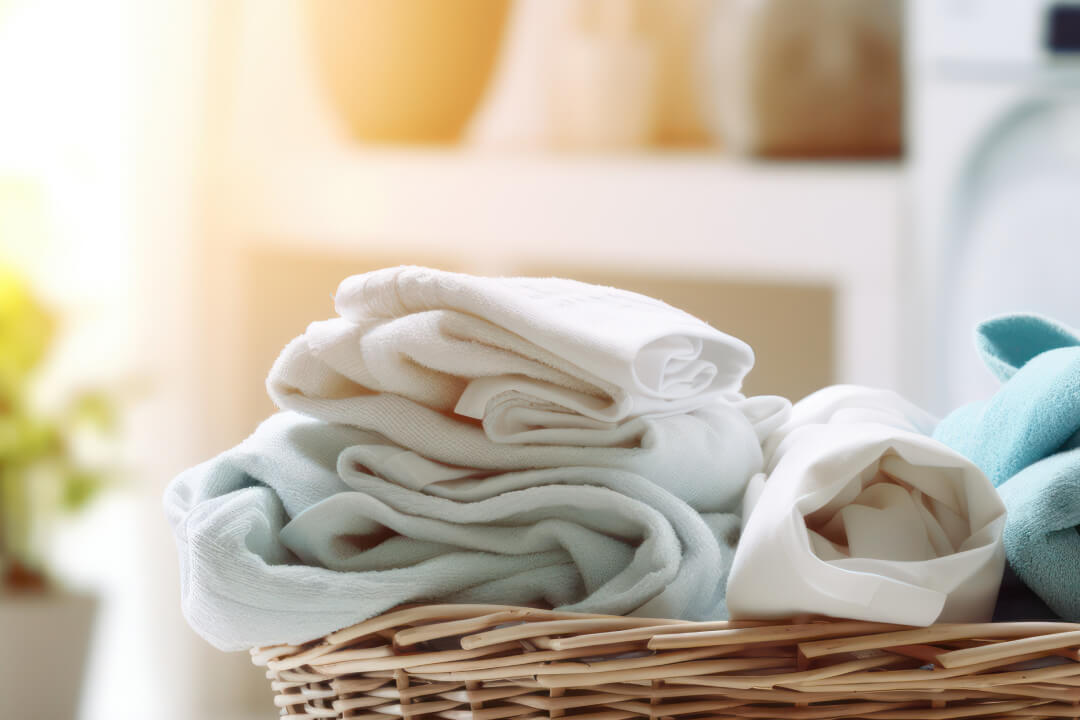
Clothes Dryer
Buying Guide
Choosing the right clothes dryer is essential to efficiently and effectively dry your clothes while minimising energy consumption. In this comprehensive buyer's guide, we'll cover the essential factors to consider and compare the pros and cons of vented dryers, heat pump dryers and condenser dryers.
Essential Features to look for
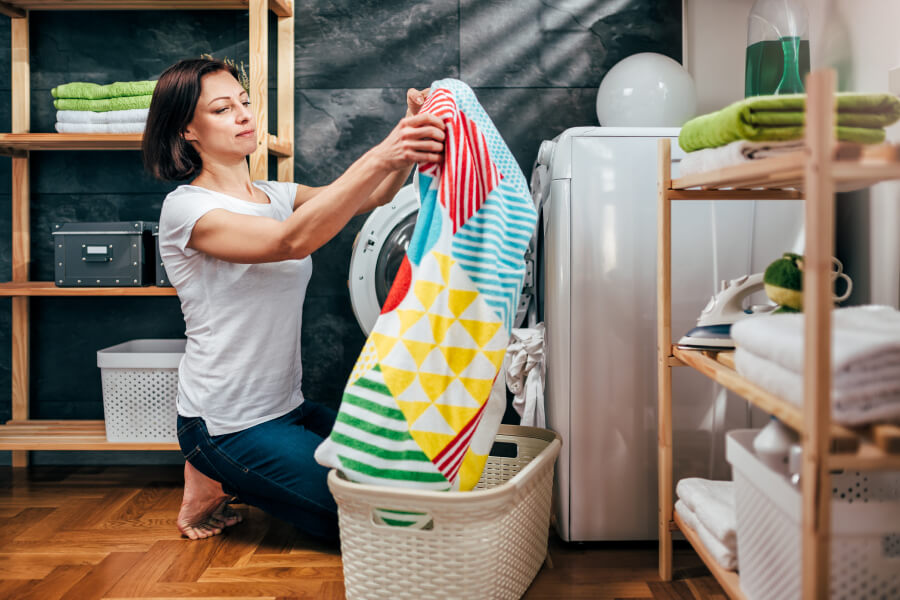
Capacity
Consider your laundry needs such as how often you wash and the type of things you want to dry. Choose a dryer with a capacity that either matches or slightly exceeds the capacity of your washing machine This ensures you can dry a full load in one cycle.
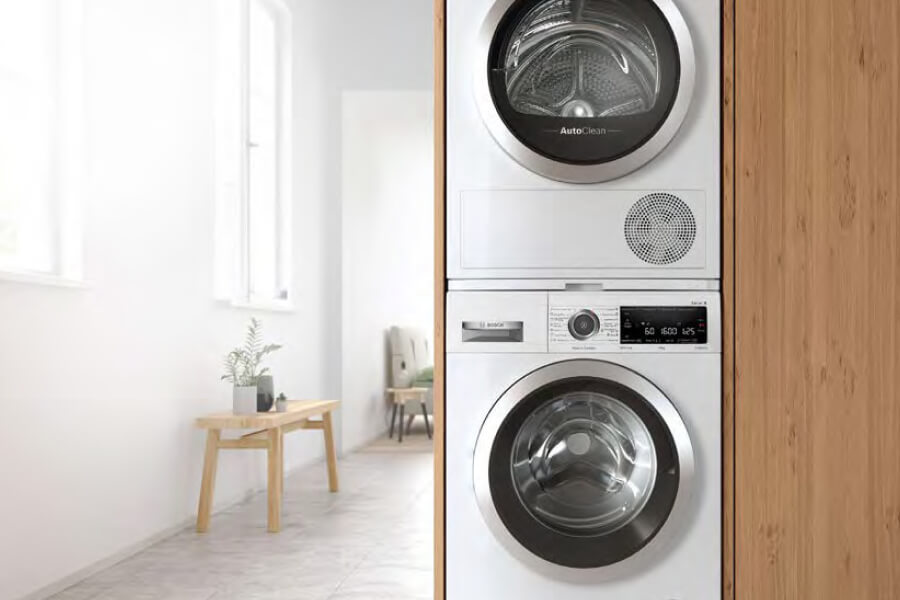
Energy Efficiency
Look for dryers with an Energy Star label, indicating they meet specific energy efficiency guidelines. This can significantly reduce your energy bills over time.
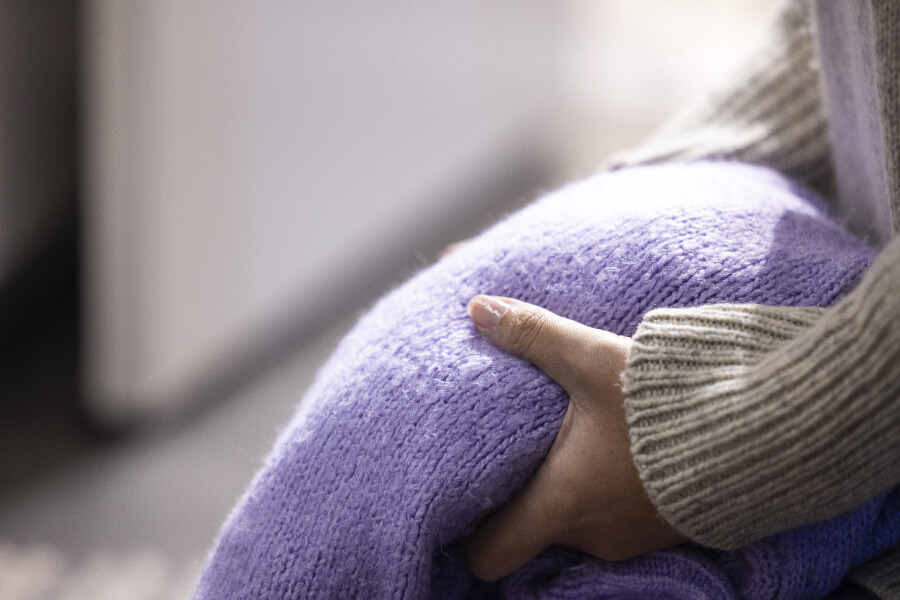
Drying Time
Opt for dryers with moisture sensors. These sensors detect when clothes are dry, automatically shutting off the machine. This not only saves energy when you dry clothes but also prevents over-drying, which can damage fabrics.
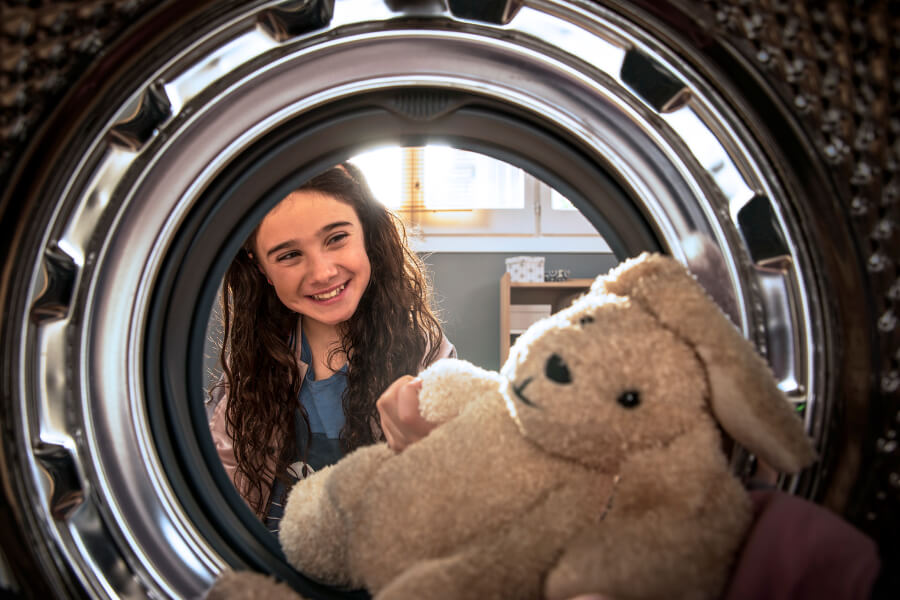
Ventilation
If you are opting for a Vented Dryer, you’ll need to ensure your home has proper ventilation, and the venting system is easy to install.
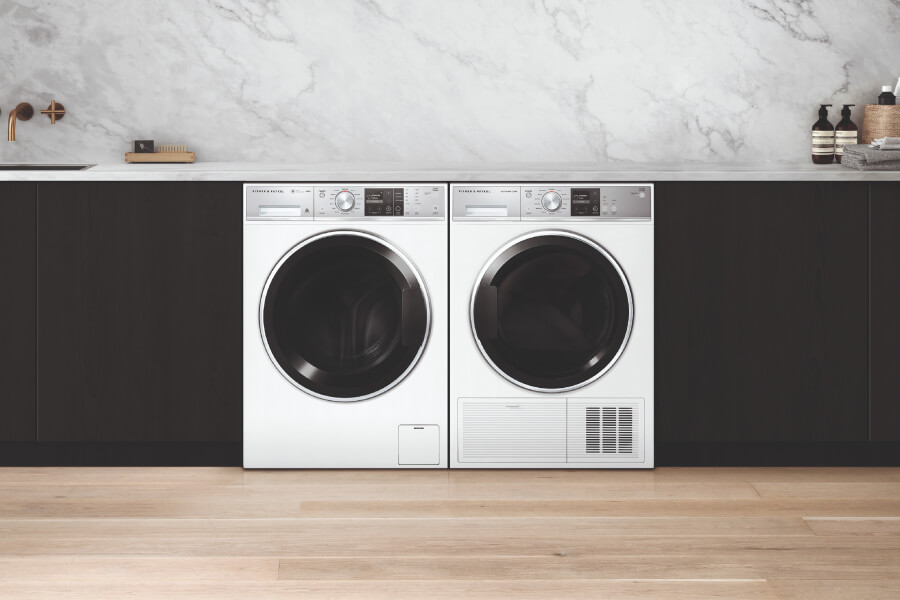
Installation
Measure the available space where the dryer will be placed. Will it be stacked or wall-mounted? Ensure there's enough room for proper airflow and access to ventilation if necessary. If the dryer needs to be stacked above the washing machine, you’ll need to check that you are able to do this (especially if they are not the same brand) and there is a stacking kit available for the installation.
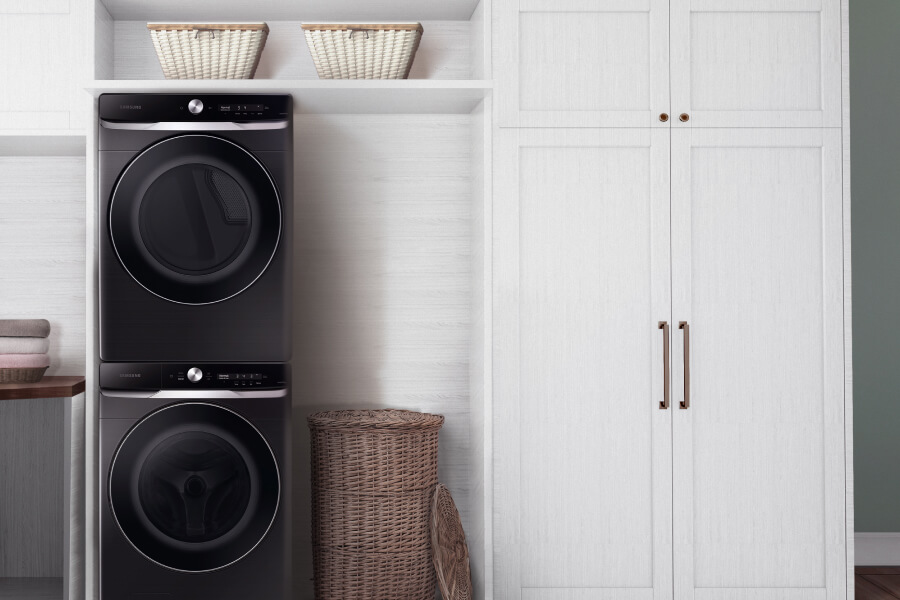
Noise Level
Consider dryers with noise reduction features or anti-vibration features if the machine is going to be placed near living spaces. Look for decibel ratings in product specifications.
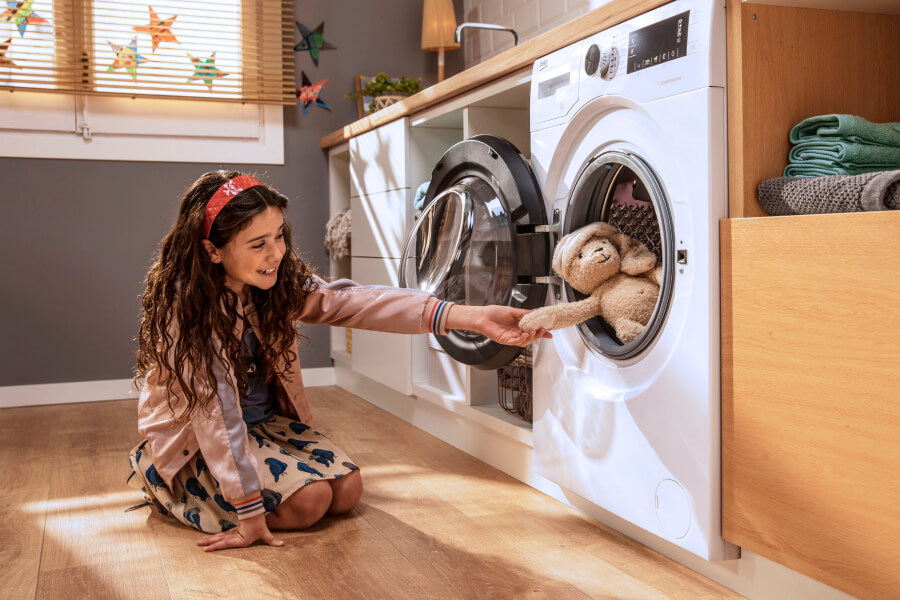
Special Dry Cycles
Check to see if the dryer offers specialised cycles for durable or delicate fabrics, steam refresh or sanitise function or bedding cycles, all of which can help with your specific laundry needs.
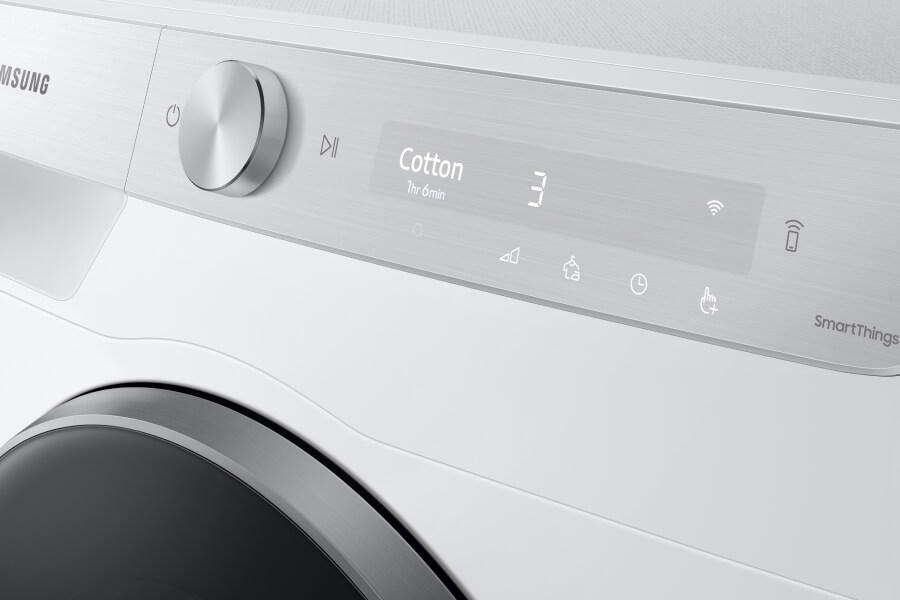
Smart Features
Consider models with smart features, such as Wi-Fi connectivity, for remote control and monitoring. While not imperative, these features can make laundry chores much easier to fit into busy lives.
Additional Considerations
Brand Reputation
Prioritise brands that are known for reliability, durability, and responsive customer service. Look for brands that offer good manufacturer’s warranties and have good product reviews.
Warranty and After-Sales Service
Examine warranty terms and after-sales service. A robust warranty reflects the manufacturer's confidence in the product's durability, providing you with peace of mind.
Price vs. Long-Term Savings
While budget constraints are a factor, view your purchase as a long-term investment. Energy-efficient models may have a higher initial cost but can yield substantial savings over the appliance's lifespan.
Exploring Different Types
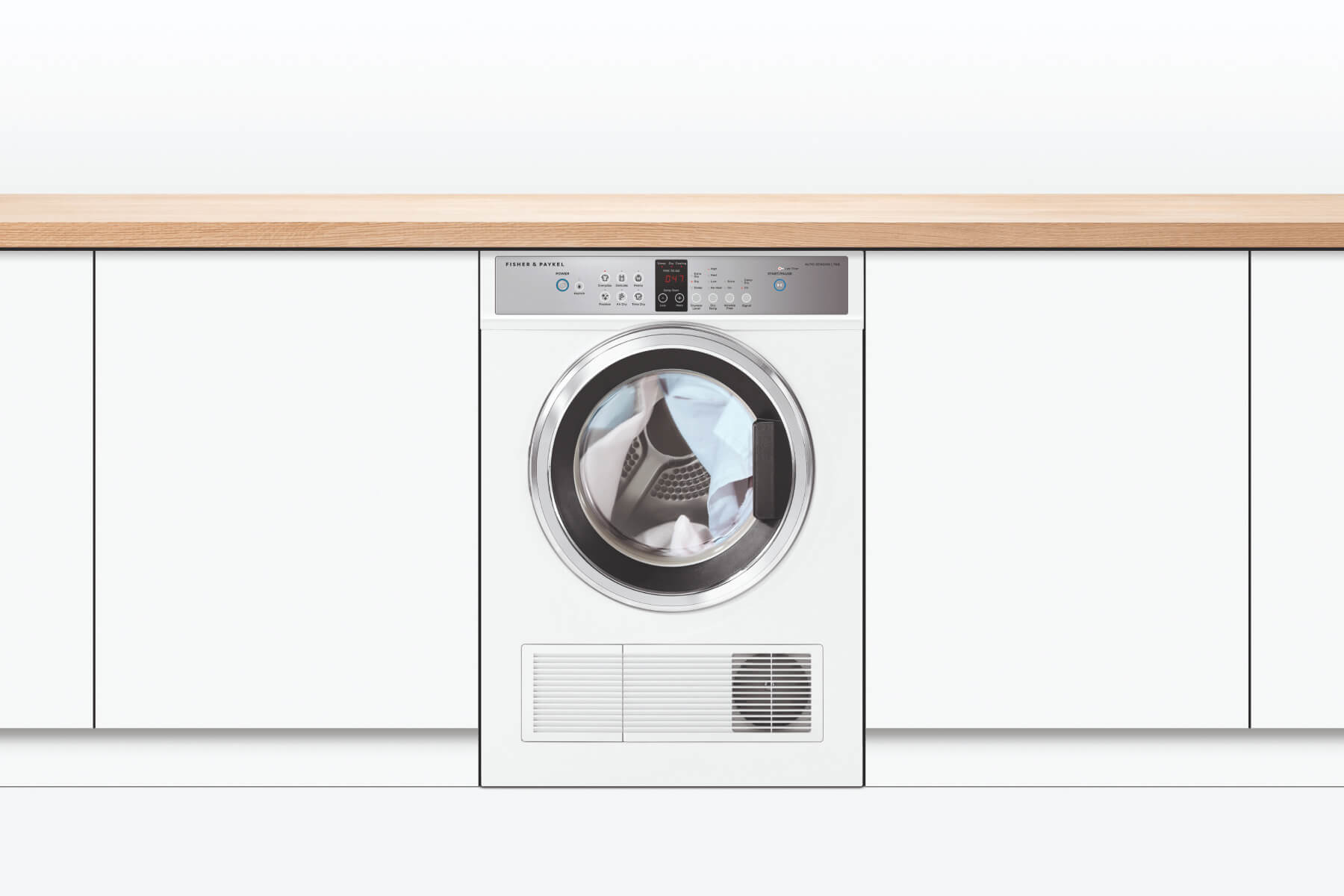
Vented Dryers
Vented dryers are a traditional and widely used option for efficiently drying clothes. Vented dryers work by drawing in air from the surrounding environment, heating it, and then circulating the hot air through the drum where it evaporates moisture from wet clothes. The hot, moist air is then expelled through a vent to the outside.
Features and Benefits
Value For Money
Vented dryers are often more budget-friendly upfront compared to some other types. However they can be less cost-effective when it comes to energy consumption.
Quick Drying
Typically, vented dryers have shorter drying cycles, than many of the other types of dryers, making them efficient for quickly drying laundry.
Availability and Installation
Vented dryers are widely available, and their installation is relatively straightforward if a venting system is already in place. These dryers save space as they can be stacked above a front-loader washing machine, especially for small, tight laundry spaces. Many models come complete with a wall mounting kit.
Maintenance
Simple maintenance, such as regular cleaning of the lint filter, is the primary requirement.
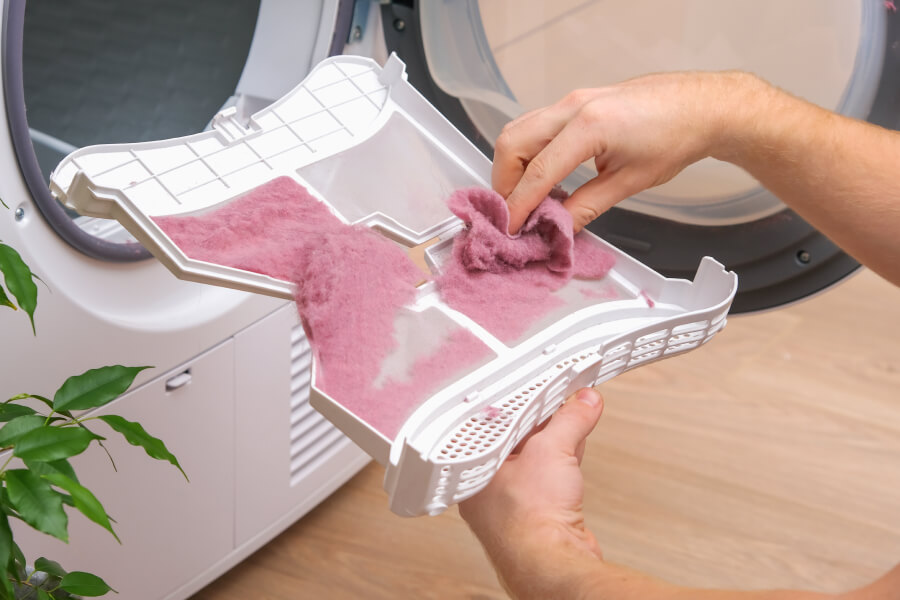
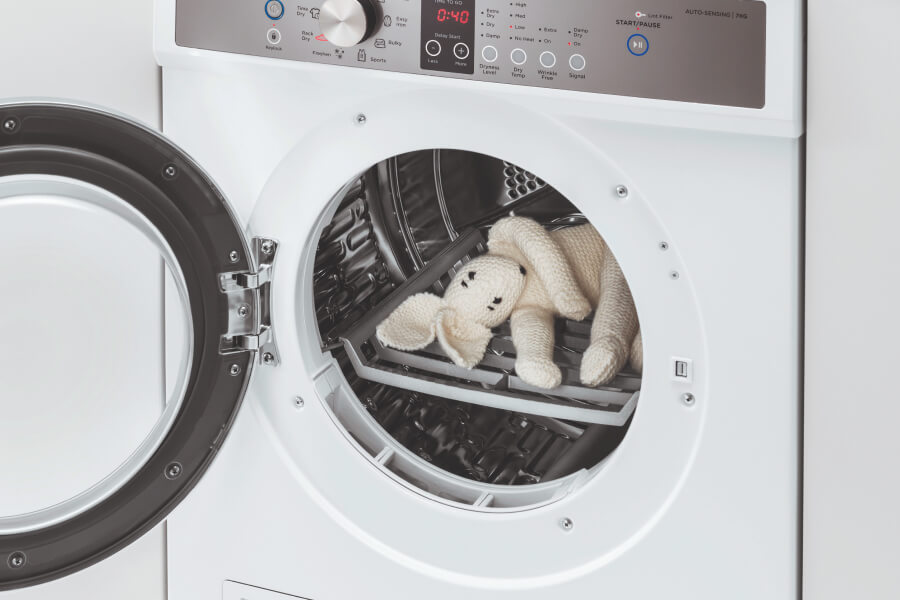
Vented Dryer Innovations
Moisture Sensors
Enhance efficiency by automatically shutting off the dryer when clothes are dry, preventing over-drying.
Adjustable Temperature Settings
Allows you to customise drying temperatures based on fabric types and preferences.
Delay Start
Enables you to schedule drying cycles to take advantage of off-peak electricity hours.
Wrinkle Prevention
Some models offer features to minimise wrinkles, reducing the need for ironing.
Key Advantages
Generally more budget-friendly, making them accessible to a wide range of consumers.
Typically they have quicker dry cycles, saving valuable time.
Downsides
The higher ongoing energy consumption needs to be balanced against the lower purchase cost upfront. You will need an outside vent solution for this dryer and be scrupulous about cleaning the lint filter every time you use it.
To sum up, vented dryers remain a popular and practical choice for many households. By considering your home's venting capabilities, space requirements, and budget constraints, you can select a vented dryer that meets your specific needs.
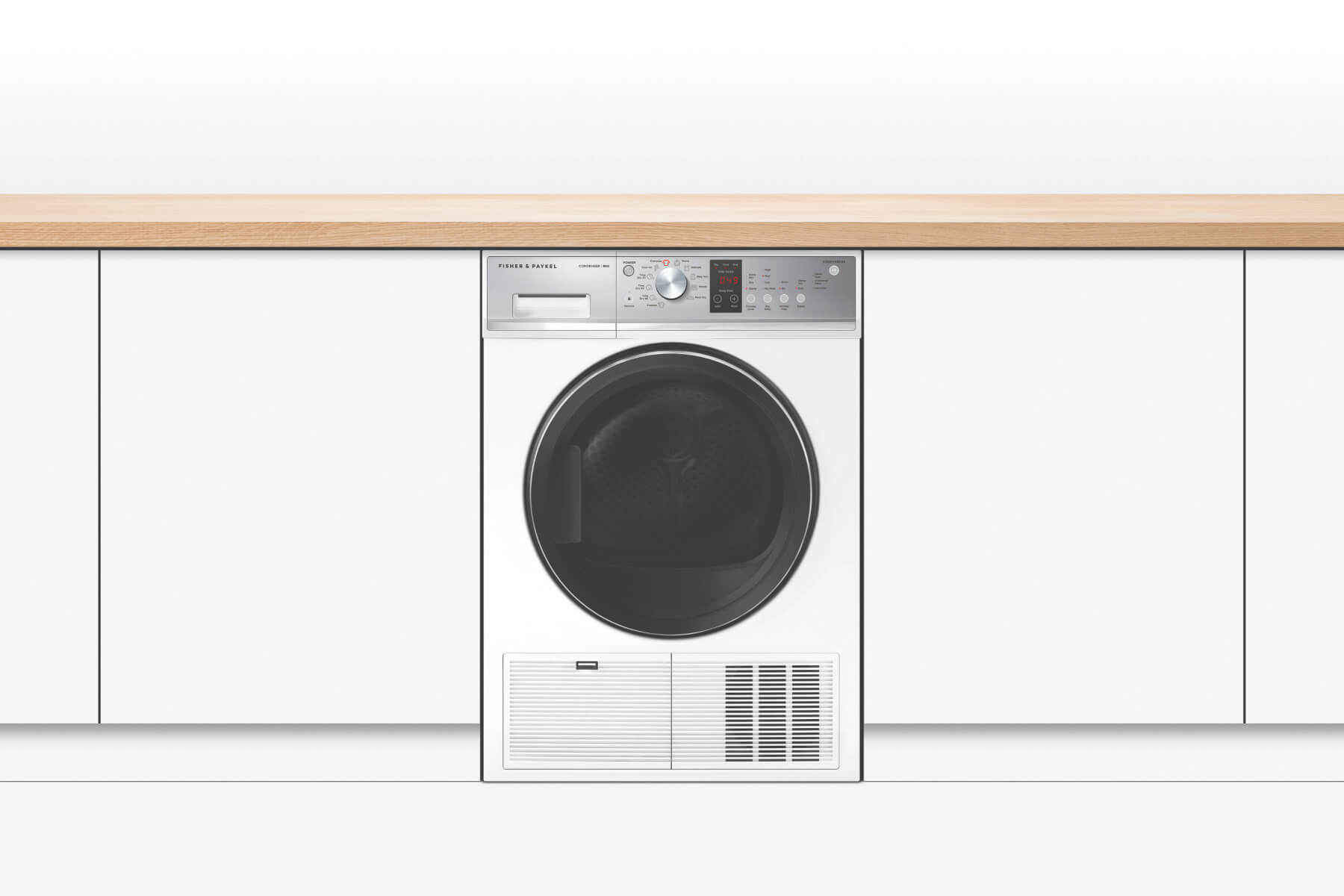
Condenser Dryers
Condenser dryers are a popular choice for households or apartments that lack external venting options. Condenser dryers work by drawing in the air, heating it to dry the clothes, and then passing the moist, warm air through a heat exchanger. The heat exchanger cools the air, condensing the moisture into water. The water is then collected in a reservoir or drained away through a hose into a drain or sink, and the dry air is reheated and circulated back into the drum.
Features and Benefits
No External Venting Needed
Condenser dryers are ideal for homes without external venting options, making them suitable for apartments and homes with limited space.
Installation and Flexibility
These dryers can be installed in various locations within the home, like a bathroom or kitchen since they don't require external venting.
Energy Efficiency
While not as energy-efficient as heat pump dryers, condenser dryers are generally more efficient than traditional vented dryers.
Availability
Condenser dryers are readily available, providing consumers with various brands to choose from.
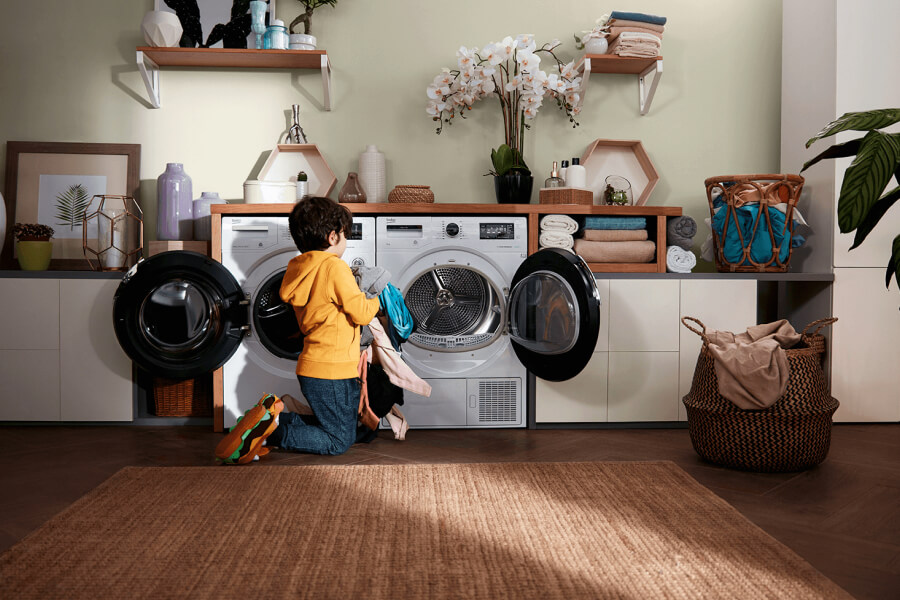
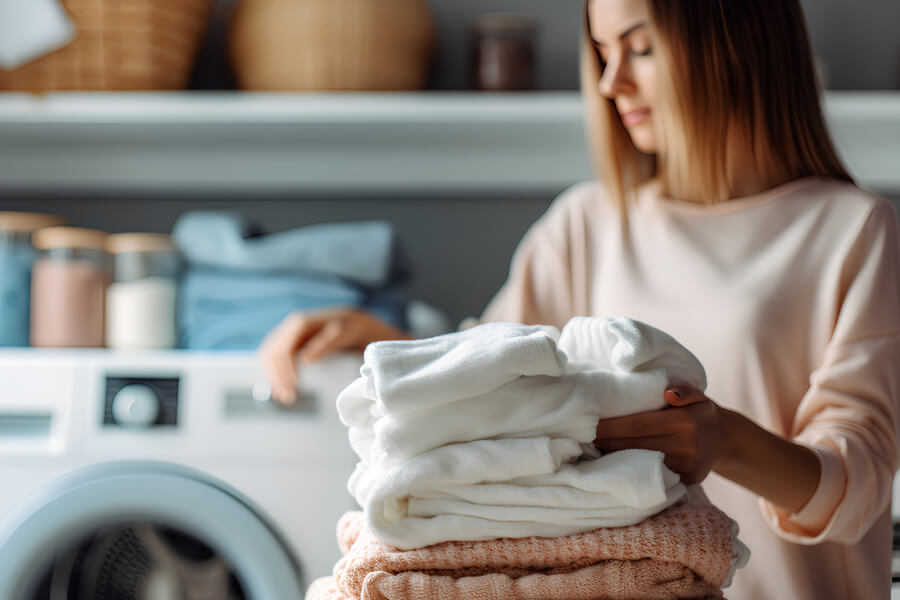
Condenser Dryer Innovations
Sensor Drying
This feature of the condenser dryer enhances efficiency by automatically adjusting drying time based on moisture levels, preventing over-drying of clothes.
Adjustable Settings
Look for models with customisable temperature and drying settings to accommodate various fabric types.
Delay Start
Enables you to schedule drying cycles for more convenient operation.
Quick Dry Cycles
Some models offer quick dry cycles for smaller loads or when time is a critical factor.
Time Indicator
Certain models offer a ‘time remaining’ indicator which is hugely useful when wanting to fold laundry items while still warm from the dryer, thereby reducing ironing requirements.
Key Advantages
Although they can be a bit more expensive upfront, they are generally more budget-friendly than heat-pump dryers. There is no need for external venting, making them suitable for homes/apartments without ventilation options, and allowing them to be located anywhere in the house.
Downsides
They are not as energy-efficient as heat pump dryers and require regular maintenance. Lint filters will need to be cleaned often and if there is a reservoir or tank this will also need to be checked and manually emptied when necessary.
In conclusion, condenser dryers provide an excellent solution for homes without external venting options. Explore models with advanced features for added convenience and efficiency, and make sure to perform regular maintenance to keep your condenser dryer operating at its best.
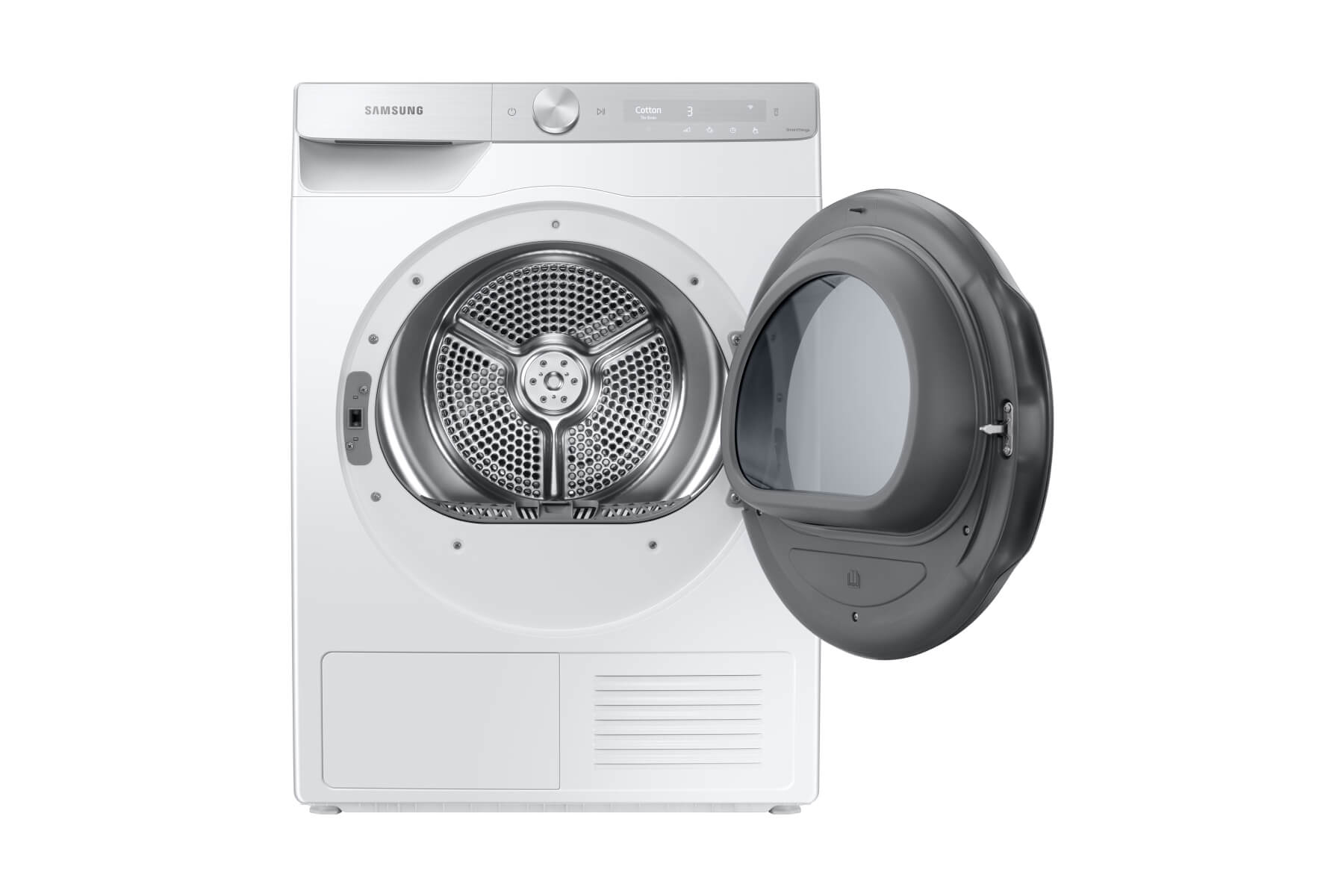
Heat Pump Dryers
Heat pump dryers are a highly efficient and eco-friendly alternative to traditional vented and condenser dryers. Heat pump dryers operate on a closed-loop system, using a heat exchanger to warm the air, which is then passed through the drum to evaporate moisture from the clothes. The moisture-laden air is condensed into water, and the heat exchanger reheats the air for further use, resulting in significantly reduced energy consumption compared to traditional dryers.
Features and Benefits
Energy Efficiency
Heat pump dryers are the most energy-efficient option for drying clothes. They use as much as 50% less electricity compared to vented and condenser dryers, resulting in lower operating costs.
Reduced Environmental Impact
Lower energy consumption makes the heat pump dryer more environmentally friendly.
No External Venting Needed
Like condenser dryers, heat pump dryers don't require external venting, providing flexibility in installation.
Gentle Drying
Heat pump dryers operate at lower temperatures, making them gentler on fabrics and reducing the risk of over-drying.
Longer Lifespan
Due to their lower operating temperatures and advanced technology, heat pump dryers often have a longer lifespan compared to traditional dryers.
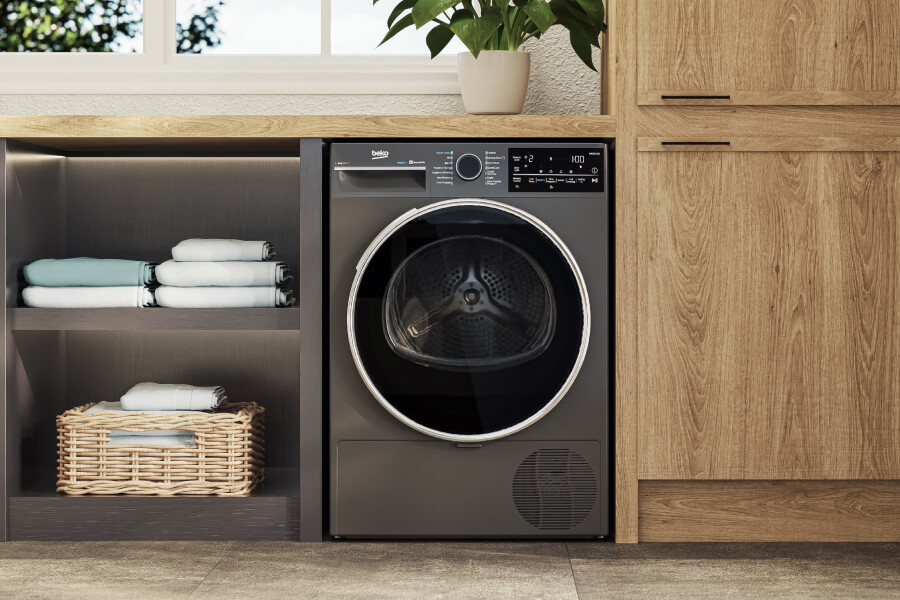
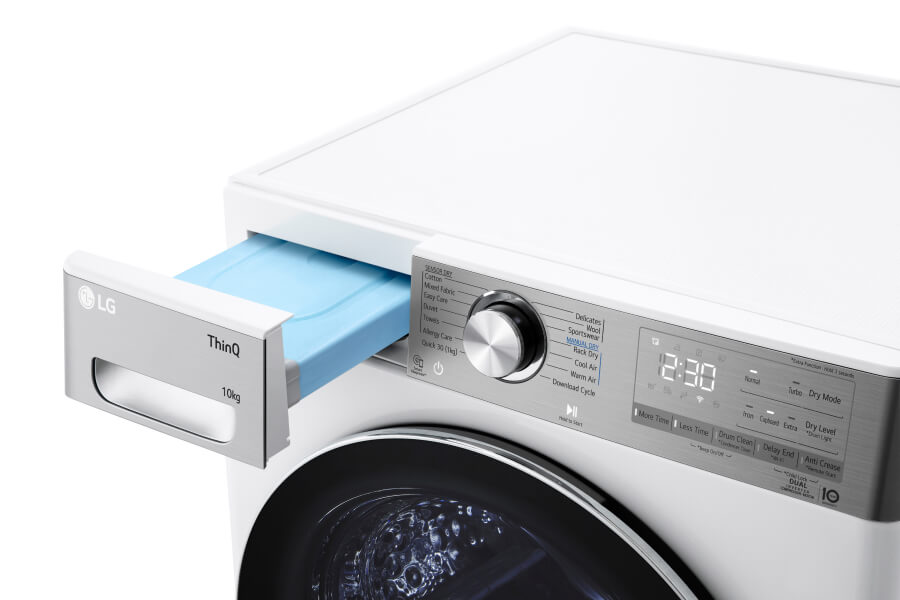
Heat Pump Dryer Innovations
Sensor Drying
This enhances efficiency by automatically adjusting drying time based on moisture levels, preventing over-drying.
Adjustable Settings
Many models have customisable temperature and drying settings to accommodate various fabric types from bedding to delicates and even gym gear.
Delay Start
This feature enables you to schedule drying cycles for more convenient operation.
Quick Dry Cycles
Although the heat pump cycles are traditionally longer than other types of dryers, some models offer quick dry cycles for smaller loads or when time is a critical factor.
Key Advantages
Heat pump dryers are gentler on clothes and significantly less costly to run than traditional vented dryers. They are more versatile, being suitable for a wide range of fabrics and are generally quieter to run. They don’t require external venting and can be installed anywhere in the home and often last longer than other types of dryers.
Downsides
The upfront cost of purchasing a heat pump dryer can be a barrier for budget-conscious consumers and their lower temperatures mean they have longer drying cycles. The advanced technology may mean that more specialised servicing is required and these dryers tend to be heavier than traditional dryers so this needs to be taken into account when installing.
To sum up, heat pump dryers represent a technologically advanced and energy-efficient solution for drying clothes. By carefully considering your budget, available space, and long-term energy savings, you can choose a heat pump dryer that meets your specific needs. Explore models with advanced features to enhance efficiency and convenience, and perform regular maintenance to keep your heat pump dryer operating at its best for years to come.

Washer Dryer Combo
A washing machine and dryer combo combines a front load washer and condenser clothes dryer in a single machine.
These machines are perfect for limited laundry spaces, use less water and consume less power while offering the same features and benefits as mid to high stand-alone washers and dryers, however, they can only handle half the capacity.
Useful tips to get the most out of your dryer
Sort your laundry first
Dryer moisture sensors work best with loads sorted by fabric weight and type and garment care. With a mixed load, the sensor may end the cycle before heavier or thicker items are sufficiently dry if it’s triggered by a lighter, thinner item that has already dried. The faster-drying items will end up over-drying if heavier, slower-drying items prevent the sensor from ending the cycle.
Clean the lint filter after every cycle
Dryers rely on airflow in order to work properly, and a lint filter that’s clogged with lint or fabric softener can extend drying times as well as be a fire risk.
Clean your dryer exhaust hose every year
Perhaps think about using a stiff bristle brush to get the lint out. Apparently, a leaf blower can help you clear it out, too. According to some experts, smooth metal hoses are safer than plastic accordion hoses because lint can’t get trapped between ridges. Lint build-up in a dryer’s exhaust hose is another real fire hazard and causes a significant number of fires every year worldwide.